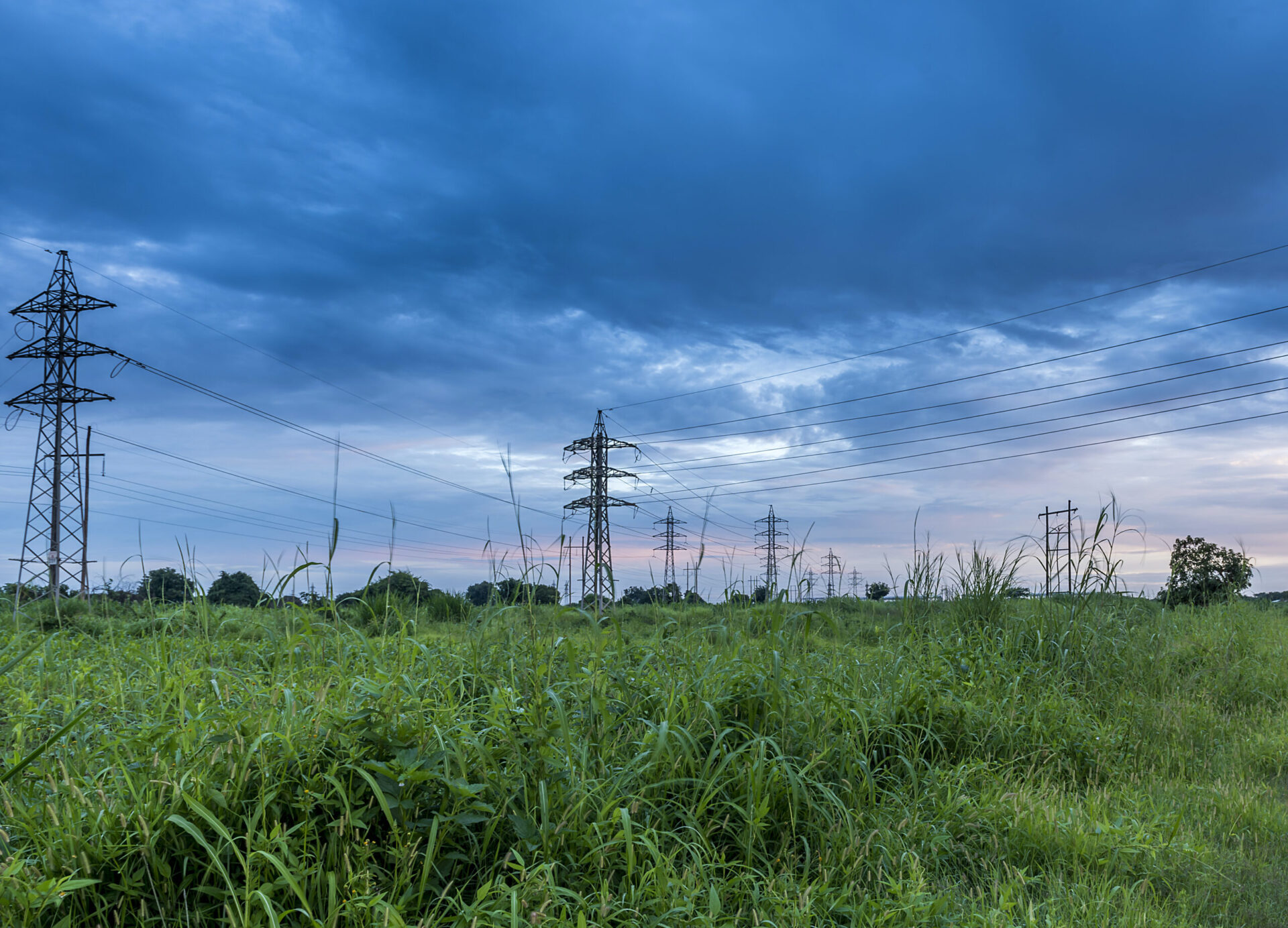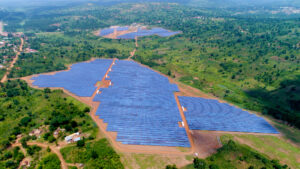BY HUMPHREY KARIUKI
Globally over one billion people do not have access to electricity and 60% of them live in Sub-Saharan Africa. To put this into perspective, that amounts to twice the population of the United States. For every one American with power, there are two Africans without access to it.
Can anyone imagine whether America would have found its prosperity without being able to provide cheap and reliable power to its population for generations? Thomas Edison – one of America’s greatest inventors – would not have been able to demonstrate his brilliance in the creation of the lightbulb if access to power was denied to him.
I am of no doubt that among Africa’s young and talented population, there is a Thomas Edison, there is an Alexander Graham Bell, there is a Nikola Tesla. Africa is not short of great minds. I have long argued that Africa’s youth are as eager and talented as their counterparts in Europe, Asia, and the Americas.
But the demonstration of that talent and ingenuity is curtailed by a lack of access to power.
While the challenge remains to ensure that cheap and reliable power is accessible to all Africans, where progress has been made, it has been transformational.
In Ghana, there has been a concerted and sustained focus on grid extension. Through the National Electrification Scheme established in 1989, Ghana has extended electricity access to all communities of more than 500 people over a period of 30 years. As a result, Ghana enjoys overall electricity access of 84%, with rural communities in the country two and half times more likely to have access to power than the Sub-Saharan average.
In East Africa, progress in Tanzania has been noteworthy. In 2010, only 18% of Tanzania’s population had access to electricity. In rural areas, where more than three quarters of the country’s population lives, access to electricity was only 2%. A decade later and overall access to electricity has skyrocketed to 40%.
Over the same period, Tanzania’s GDP has doubled, where the country’s Gross Value Added on its output has risen from $30 billion to over $60 billion. This means that increased access to power has coincided with an increased real value in the output of Tanzania’s economy.
Closer to home, in Kenya we have increased access to electricity from 18% in 2010 to 85% in 2020. And this growth has been coupled with the introduction of innovative and flexible payment models. Following the installation of 700,000 solar home system, a pay-as-you go purchase model was adopted enabling users to pay for power in instalments, rather than having to purchase credits.
This is just a snapshot of the progress in some African countries. I could also talk about Ethiopia and JCG’s efforts in Zambia and beyond.
But it is clear that the state of power accessibility in Africa is not negative but is rather powerful in demonstrating the forgone opportunities that greater accessibility provides.



